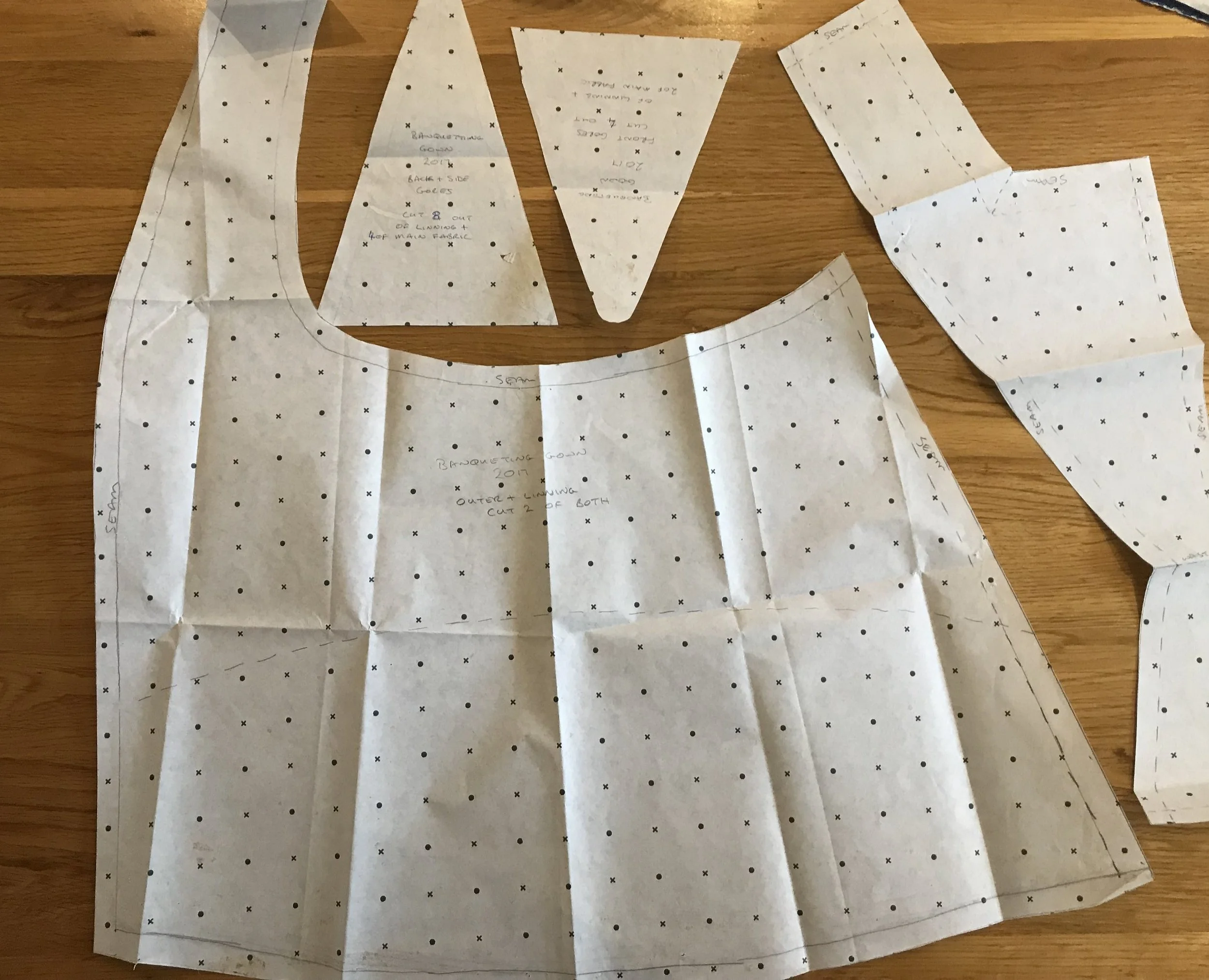Book Review: Clothes of the Common People Series
/A review of “Clothes of the Common People in Elizabethan and Early Stuart England”
In this week, when so many people are excited about receiving their brand-new copies of Patterns of Fashion 5, I thought I would review a costume book that is very different.
Stuart Peachey is a historian and re-enactor who has been studying the clothing of common people, amongst other things, for many years. He set up the Stuart Press to publish his work and that of others in the same field. One of the things he has produced is a series of pamphlets or booklets on specific aspects of the theme of common people’s clothing, printed in black and white. Many contributors have added to the series with Stuart editing and printing them. The series goes under the title “Clothes of the Common People in Elizabethan and Early Stuart England”. Each pamphlet includes details of the extensive research carried out by the contributors into many kinds of sources. The sources include death inventories (more extensively kept for servants in large houses that you would expect), purchase lists and annual accounts. It includes reviews of depictions of common people in paintings and woodcuts along with the frequency of mentions of cloth colours and cloth types in various records. Any one of these sources on its own would give a skewed impression, taken as a whole they are an excellent way to visualise common people. Reading them, however, involves processing a lot of information and data.
In 2014, this collected and massed data had “A Users Manual” added to the re-vamped series. This is a colour book which summarises the research data and leads the curious to go and find out more from the pamphlets. It also, however, extends the reach of the work by showing colour photos of re-creations of typical outfits and garments made by Stuart, his family and friends. The book includes sketches of patterns for the garments, which can be scaled up and adjusted to fit a re-enactor.
A major difference between this book/series of pamphlets and the many recent publications is that the research specifically focuses on common people – not the surviving garments of the wealthy held in museums or the impression of clothing from portraits of famous and wealthy people. These recent books have a special place in increasing our understanding of the lost skills of hand-stitched tailoring and fabrication (a form of living history in its own right) but they do not help the everyday re-enactor to look right in the dairy, village or soldier’s camp of a living history setting.
Clothes of the Common People: Users Manual
The Users Manual is a fantastic place to start. It covers clothes for men, women and children offering patterns for underwear, outerwear, headgear and “accessories”, such as the Sunday-best apron. This is one of the findings that I particularly liked but have not had the courage to try out, since it is so contrary to current living history practice in my organisation – that aprons were both coloured and adorned with simple braiding for use on special occasions.
As a source of material for making your own clothing for re-enactment, I found the patterns to be easier to scale up and fit than those in the Tudor Tailor, more detailed in their layout and presentation than other pamphlets that I own but not as accurate as those in Patterns of Fashion or Seventeenth Century Women’s/Men’s Dress Patterns. The patterns produced, for all the reasons given above, are not accurate to a specific surviving garment and so are the best estimate of how to achieve the right look in the most authentic colours, fabrics and styles. The details on producing cut cloth stockings are the best I have used and let you understand how the heel/sole/foot shape works.
The book provides no fabrication instructions – it has been assumed that if you are reading this book then you already know how to make clothing – so if you are a complete beginner it is best to have help interpreting how things are scaled up and go together. However, the colour photographs give a really good indication of what the items should look like when complete. A word of warning, when looking at the photos do not expect the kind of eye candy or bling that other books have offered us! This is everyday life not the catwalk of high fashion!
As a total series, I have not come across a more detailed presentation of research findings about clothing for common people. As a book, I found the User Manual to be an excellent visualisation guide which sparked lots of questions about how I have made clothes, the look that I have been aiming for and the materials that I use and see being used in re-enactment today.
If you want to see more about the series or purchase the users guide go to https://www.stuart-hmaltd.com/stuart-clothing-users-guide.php



